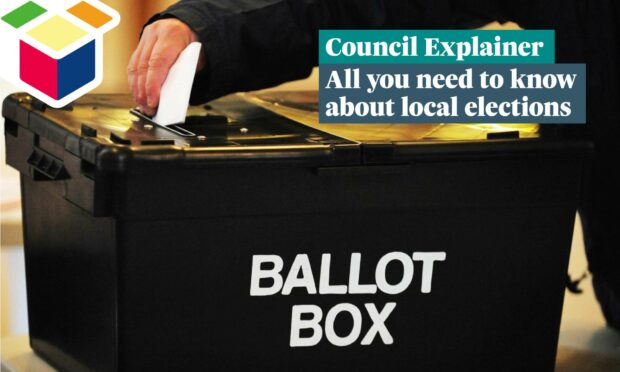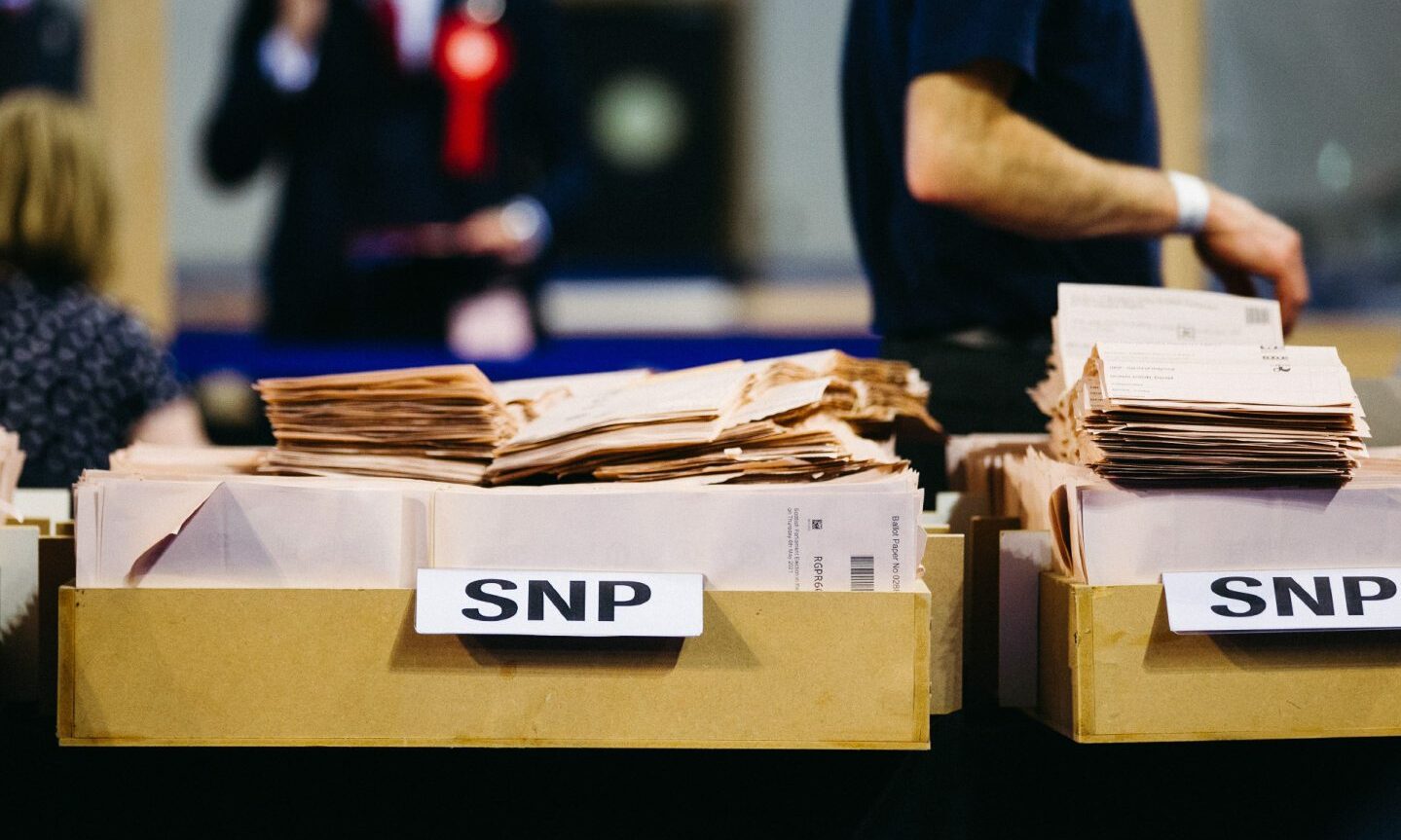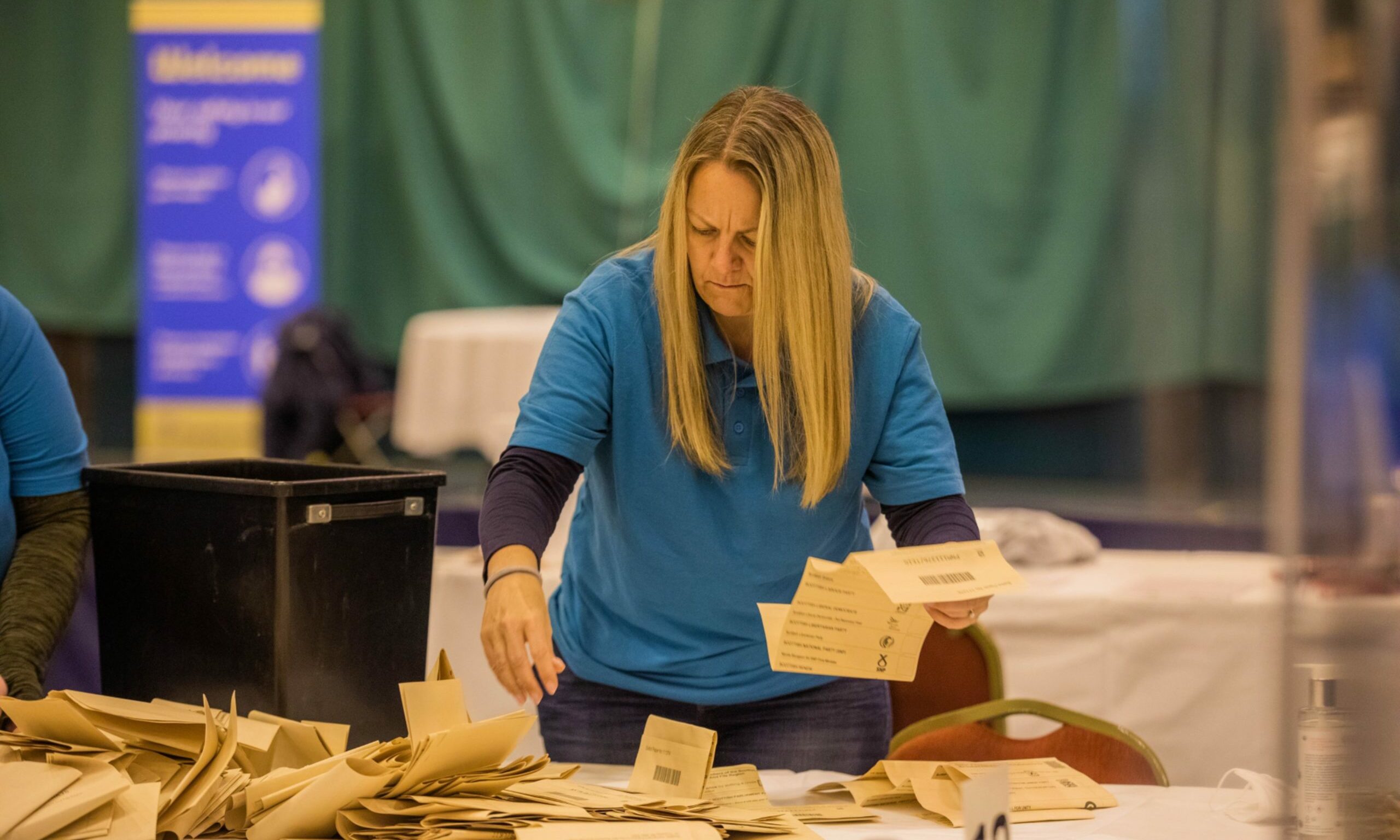Voters will head to the polls to cast their ballots in the Scottish local elections.
Elected councillors and new candidates will battle it out for your votes in 32 local authority areas across the country.
There are more than 1,000 councillors in Scotland, with the number in each local authority varying depending on size and population.
Here is everything you need to know about this year’s vote.
When are the Scottish local elections?
Scotland’s council elections will be held on Thursday May 5, 2022, across all local authorities.
Council votes are now held in Scotland every five years, with the previous one taking place in May 2017.
If you are not going to be in your local area when the election takes place, you can register for a postal vote instead.
You can also check in advance to make sure you are registered with your local electoral registration office if you are unsure.
How do I register to vote in Scotland?
There are several ways you can register to vote in the upcoming council elections if you have not already done so.
To be eligible, you must either be a British citizen or a foreign national living in Scotland who does not need to leave at any point.
The quickest way to register to vote is online. You will need to have a record of your National Insurance number.
Scots can still register by post, and if you have fears for your safety then there are ways to sign up anonymously.
Voters who do not have a permanent home or settled address can also still register for a ballot.
You can ask your local Electoral Registration Office to check if your name is already on their system from previous elections.
While you only need to sign up once, you do need to reregister if you change your name, address or nationality at any point.
Voters will be notified if their application has been successful.
What do councils do?
Local governments have a range of powers and responsibilities when it comes to administering local services.
They own all state schools in their respective areas and are tasked with running them.
Councils determine opening and closing times for pupils and staff, and are also responsible for deciding when school holidays will fall.
Local authorities collect council tax and can now set their own rates after the longstanding freeze was scrapped by finance secretary Kate Forbes in December.
From March, councils will also be responsible for a new workplace parking tax which is being introduced by the SNP.
The levy will allow local authorities to charge businesses for car park usage with the aim of getting more workers onto trains and buses.
Councils are responsible for collecting business rates but unlike council tax, the rates are set by the government.
Other policy areas which fall under the remit of local authorities include bin collections, social care, and regulating licensing for pubs and restaurants.
Councils receive their funding directly from the Scottish Government.
How are local governments formed?
Most councils in Scotland are typically either governed by a coalition or minority administration.
In some areas the largest political party will govern alone despite not having a majority of seats.
They then tend to work with councillors from rival parties or unaffiliated independents on key local matters.
Two or more parties can band together to form a coalition and run their council area together.
The party with the most councillors will often install their local leader as council chief.
But rival parties can also work together to form their own grouping and lock a bigger party with no allies out of power.
This happened after the 2017 election in Aberdeen – when Labour and the Tories joined forces to ensure the SNP would not govern locally.
Despite not being aligned to any party, independent councillors can also serve in local coalition governments.
What is the voting system in the Scottish local elections?
Council elections in Scotland use the Single Transferable Vote, a proportional system first used in 2007.
Instead of placing an ‘X’ next to one single candidate, voters rank election hopefuls in order of preference from best to worst.
You are not forced to rank every candidate and can choose to list as many or as few as you want.
The voting method means your ballot can still prove key and is not wasted even if your first choice is not elected.
Local councils are split up into wards, with a select number of candidates elected in each area.
Candidates must reach a certain quota of votes before they are successful.
If no hopeful reaches the threshold after a round of preferences are ranked, the candidate with the lowest number of votes is eliminated from the process.
The next batch of preferences are tallied until a councillor hits the required total for election.
This continues until the predetermined set number of candidates have been elected in each council ward.


